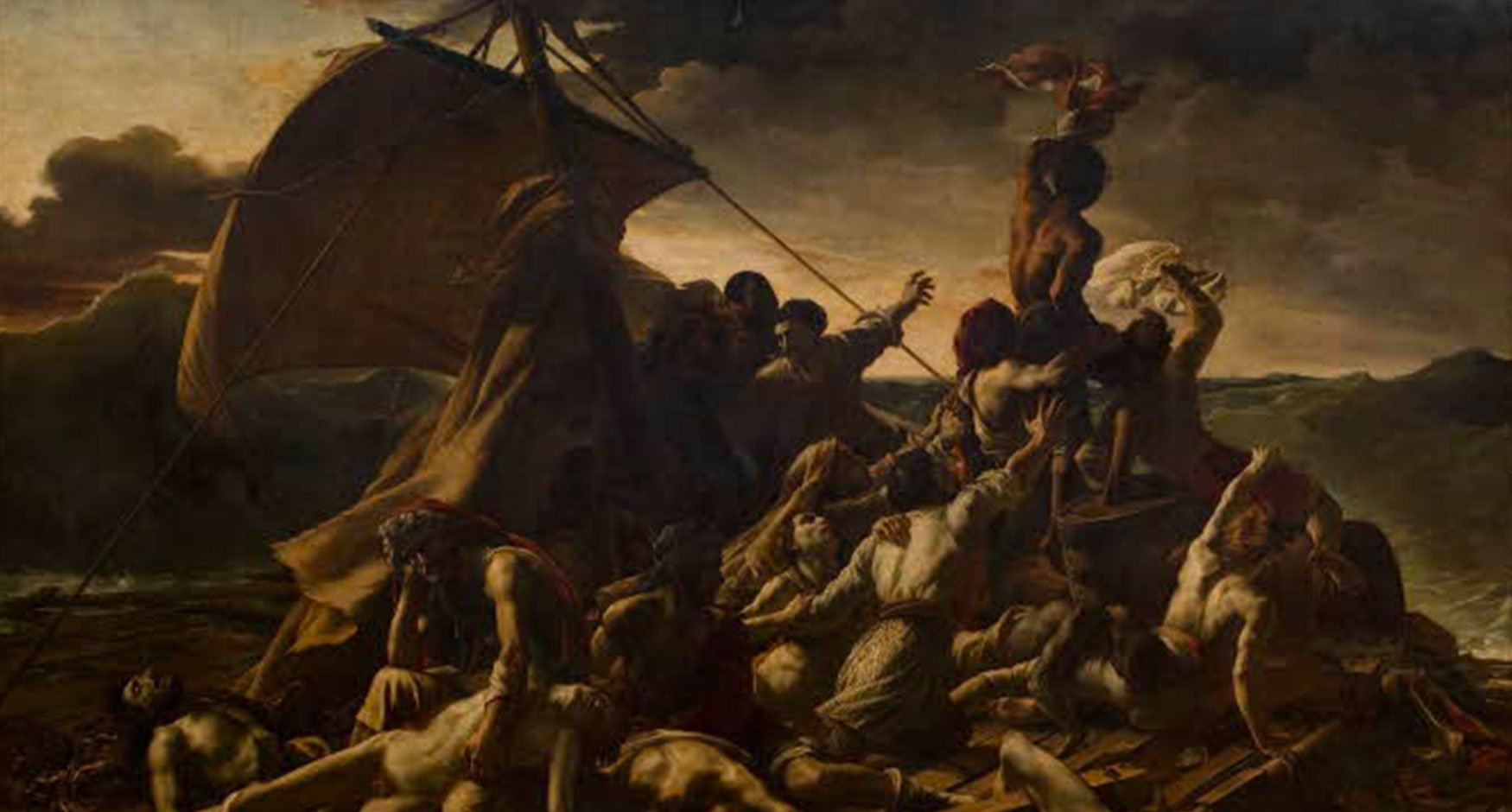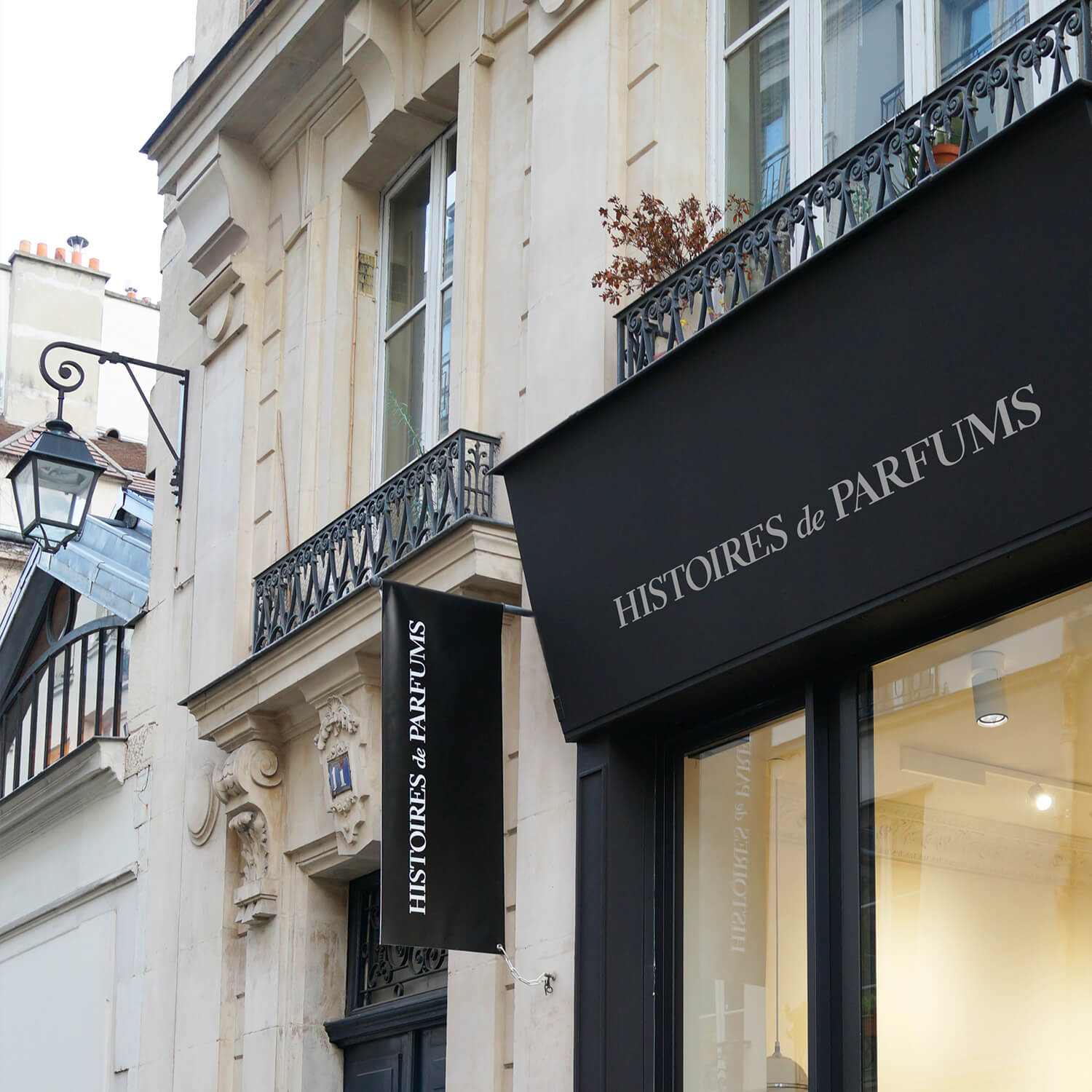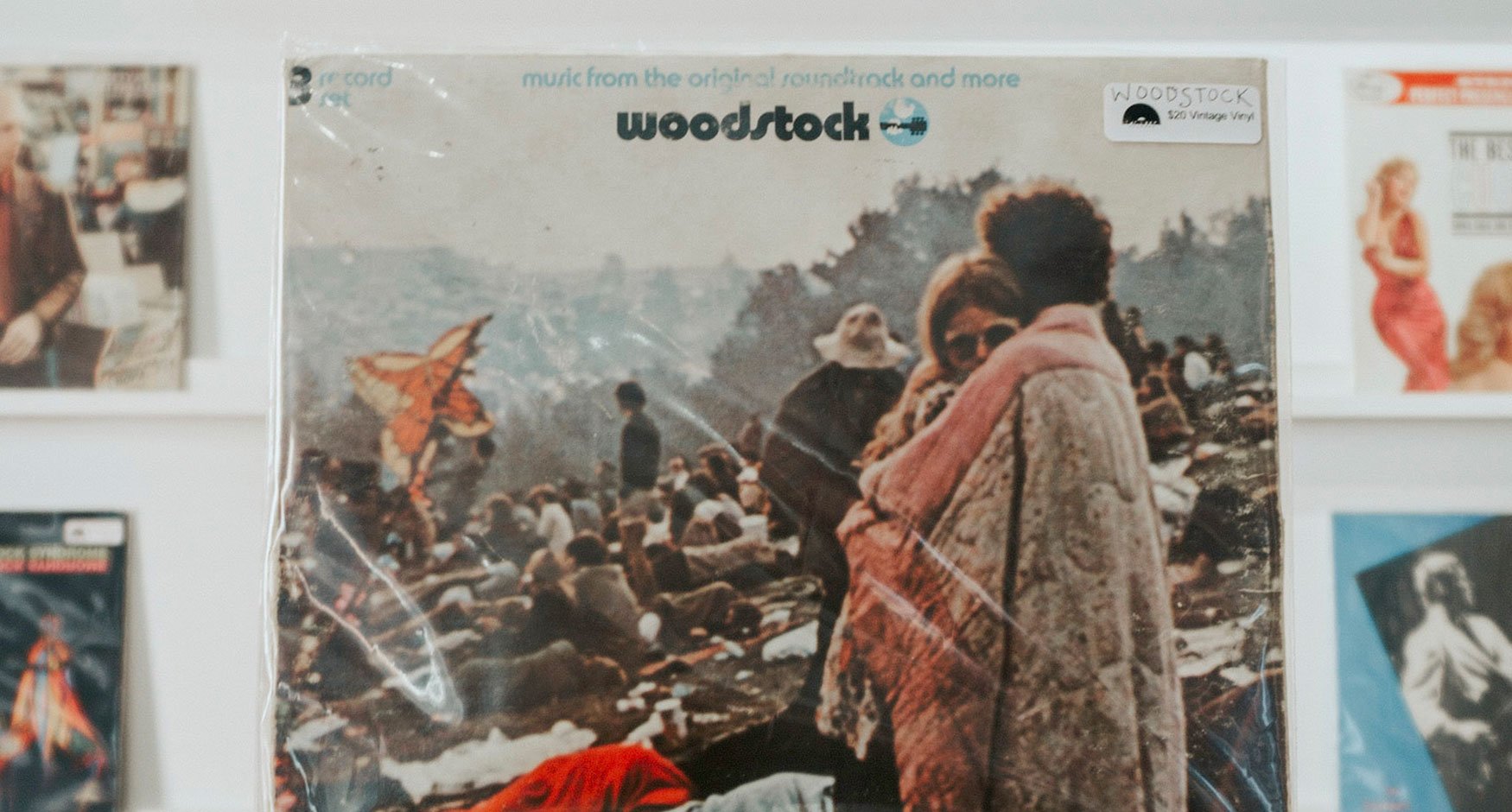
August 25, 1819: The Raft of the Medusa

An inhumane tragedy
The Medusa was a French frigate that departed from the port of l’Île d’Aix to transport French conscripts who were supposed to reclaim authority over Senegal. King Louis XVIII appointed Hugues Duroy de Chaumareys commander of the frigate, despite the fact that he hadn't sailed for twenty years. His appointment was granted due to his loyalty to the monarchy during the Napoleon and Revolutionary periods of France.
Once they set sail, Hugues Duroy de Chaumareys took orders from no one. He even refused to listen to the pleas of his officers who begged him to stay on the right course. The ship eventually ended up getting stuck in a bed of sand over 90 km away from the African coast. They had to thus evacuate over 250 people. Officers and high-ranking crew members went to occupy the rowboats, while 150 sailors and soldiers all crammed onto a raft measuring 20 meters long and 7 meters wide.
Without any means of navigating the raft, they decided to stow it onto the rowboats. However, the cord holding them together somehow snapped, or was voluntarily cut. The truth is still a mystery. The raft thus drifted for thirteen days. During those thirteen days, the most atrocious acts were committed including mutiny, cannibalism, execution of the injured etc. At sea, the Argus brig came across the raft and brought it in. Of the 150 people that initially embarked on the raft, only 15 remained, 5 of whom would die before they reached the shore.
Géricault, a work that became an obsession
The tragedy of the Raft of the Medusa gained much attention in the press. Théordore Géricault, a young 27-year-old painter, bought a 5 meter by 7 meter canvas and decided to rent a studio in Paris. He wanted to create a representation that demonstrated the intense hardship endured by the passengers. He hesitated at the beginning on what to paint. Should it be the mutiny, the cannibalism, the savagery? He then decided that their "moment of grace" approaching the Argus would inspire his painting.
What came to follow for Géricault was a long period of reclusion and "morbid" acts.
In order to get as close to the reality as possible, he spent time in morgues to observe lifeless bodies and to study all the nuances of necrotized skin. Acquaintances allowed him to take corpses to his studio that he would watch decompose. Under the supervision of, and with the assistance of the survivors, he had a model raft built to perfect all the details of the scene. He also shaved his head before entering a long period of reclusion. His meals were brought to him by the building concierge, and only select friends were allowed to enter the studio to help with his work or to serve as models. Thus, in the forefront of the painting, you can find Eugène Delacroix. It took Géricault 18 months to finally complete the painting.
August 25, 1819, a new shipwreck at the Salon
The painting was first displayed in 1819 at the Salon de peinture et de sculpture in Paris, and was called "Scene de naufrage" to prevent any potential royal censorship. The canvas was displayed alongside over 1500 works of art, and quickly became the star of the exposition because it aroused as many emotions as it did indignation.
Many saw the painting as a critique of the monarchy, an allegory of the French people falling under the incompetence of their government, while others viewed it is as an attack on colonialism and slavery. On the raft, five black people were painted, while in reality there was only one. Géricault thus wanted to demonstrate that in the face of death, blacks and whites were equal.
The painting's critique of the royal power didn't go unnoticed by Louis XVIII, who approached Géricault saying: " Monsieur Géricault, you've painted a shipwreck, but it's not one for you."
Posterity
Five years after the painting was completed, in 1824, Géricault passed away at the young age of 30. While he wasn't able to fully experience the success of his work, it went on to highly influence painters in the second half of the 20th century. The painting currently has a vivacious presence in our culture and is widely represented in comic books and at the cinema while also being evoked through music or displayed in newspaper caricatures.
The work is currently put on display at the Louvres in room 77. Humorously, to obtain the colors for this painting, Géricault had to use bitumen of Judea. While during that period it may have been unknown, over time we've noticed that this material darkens, condemning the painting to its own ironic and unsalvageable wreckage.





